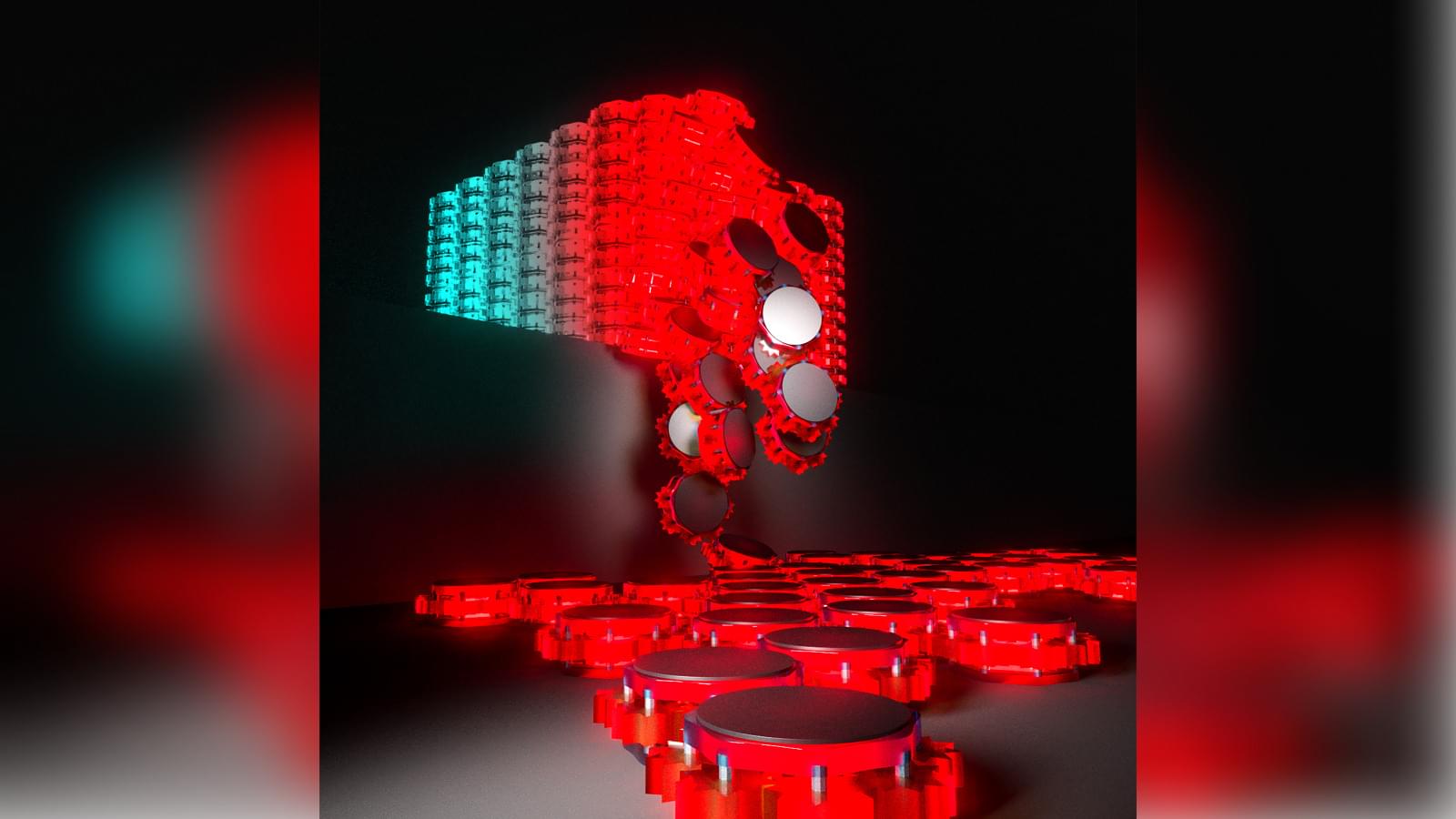The combination of flexible matrices with embedded hard-magnetic nodes enables metastructures with reprogrammable mechanical properties, even in the absence of external magnetic fields. The evolving…
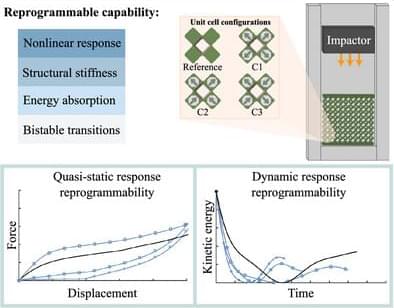


Humans’ relationships with plants is largely utilitarian, serving our needs. We generally either eat them or make things out of them.
Researchers in the College of Human Ecology (CHE) have developed a design and fabrication approach that treats these living things as companions to humans, with seeds woven into hydrogel material for hairbands, wristbands, hats and sandals, among other applications. The seeds grow into sprouts if taken care of properly.
“For most of human history, we have lived alongside plants, and they’ve been leveraged by humans to be used as food or spun into yarns for fabric,” said Cindy Hsin-Liu Kao, associate professor of human centered design (CHE).
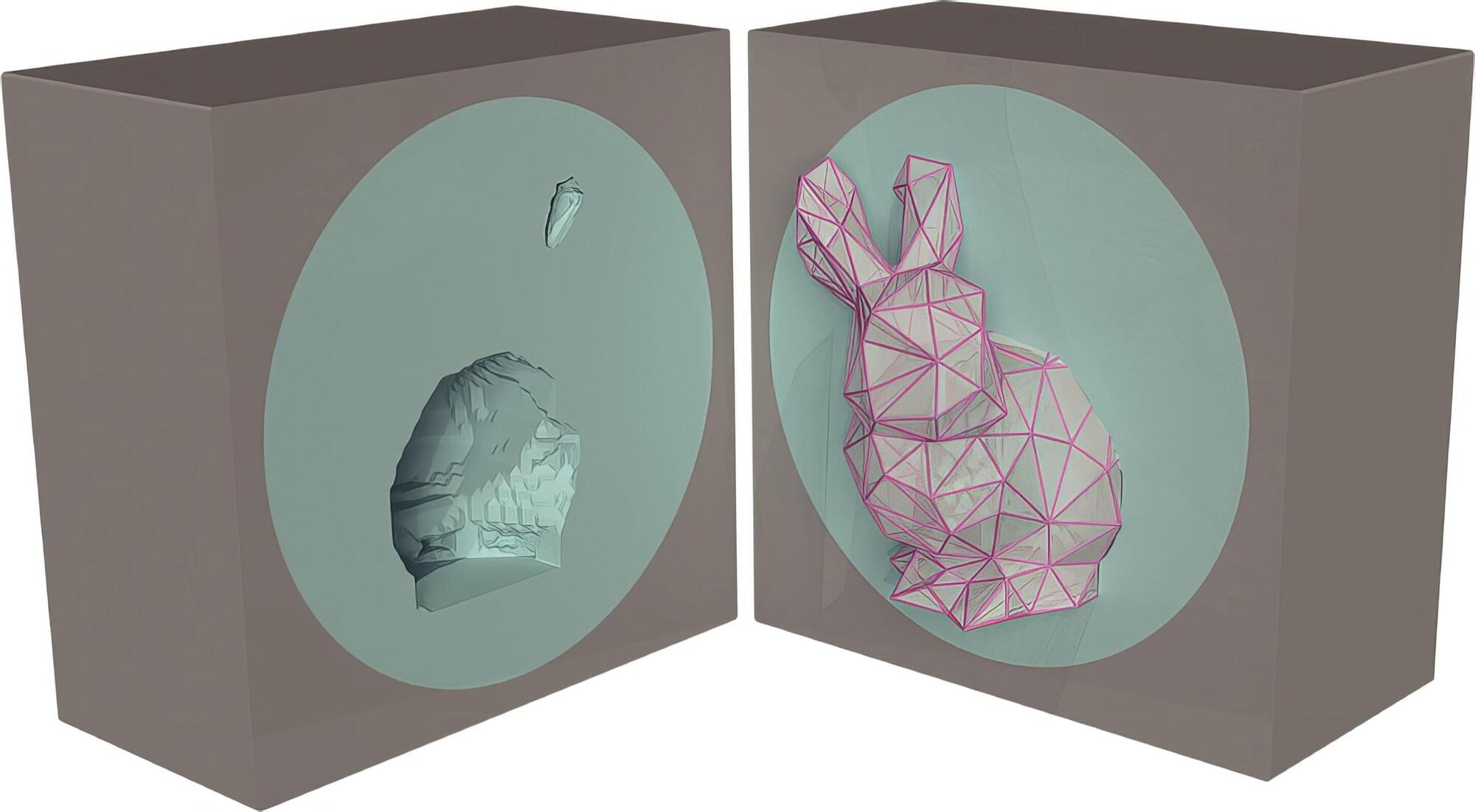
Whether designing a window in an airliner or a cable conduit for an engine, manufacturers devote a lot of effort to reinforcing openings for structural integrity. But the reinforcement is rarely perfect and often creates structural weaknesses elsewhere.
Now, engineers at Princeton and Georgia Institute of Technology have developed a technique that can maintain structural integrity by essentially hiding the opening from the surrounding forces. Rather than reinforcing the opening to protect against a few select forces, the new approach reorganizes nearly any set of forces that could affect the surrounding material to avoid the opening.
In an article, titled “Unbiased Mechanical Cloaks” in the Proceedings of the National Academy of Sciences, the researchers said they surrounded openings with microstructures designed to protect against many loads—external forces that cause stress, movement or deformation. The microstructures’ shape and orientation are calibrated to work with the most challenging loads facing the structure, allowing designers to counter multiple stresses at once.
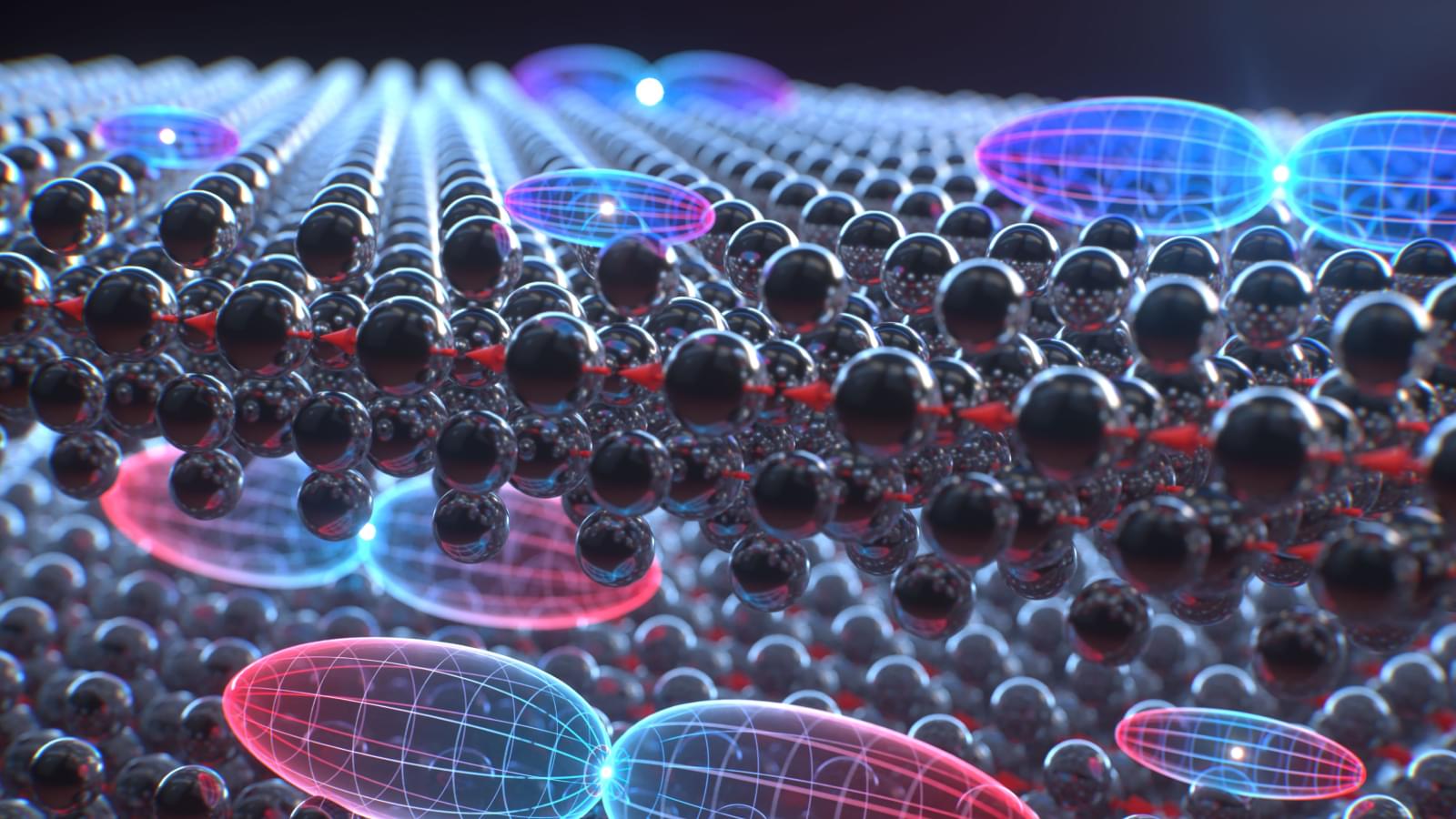
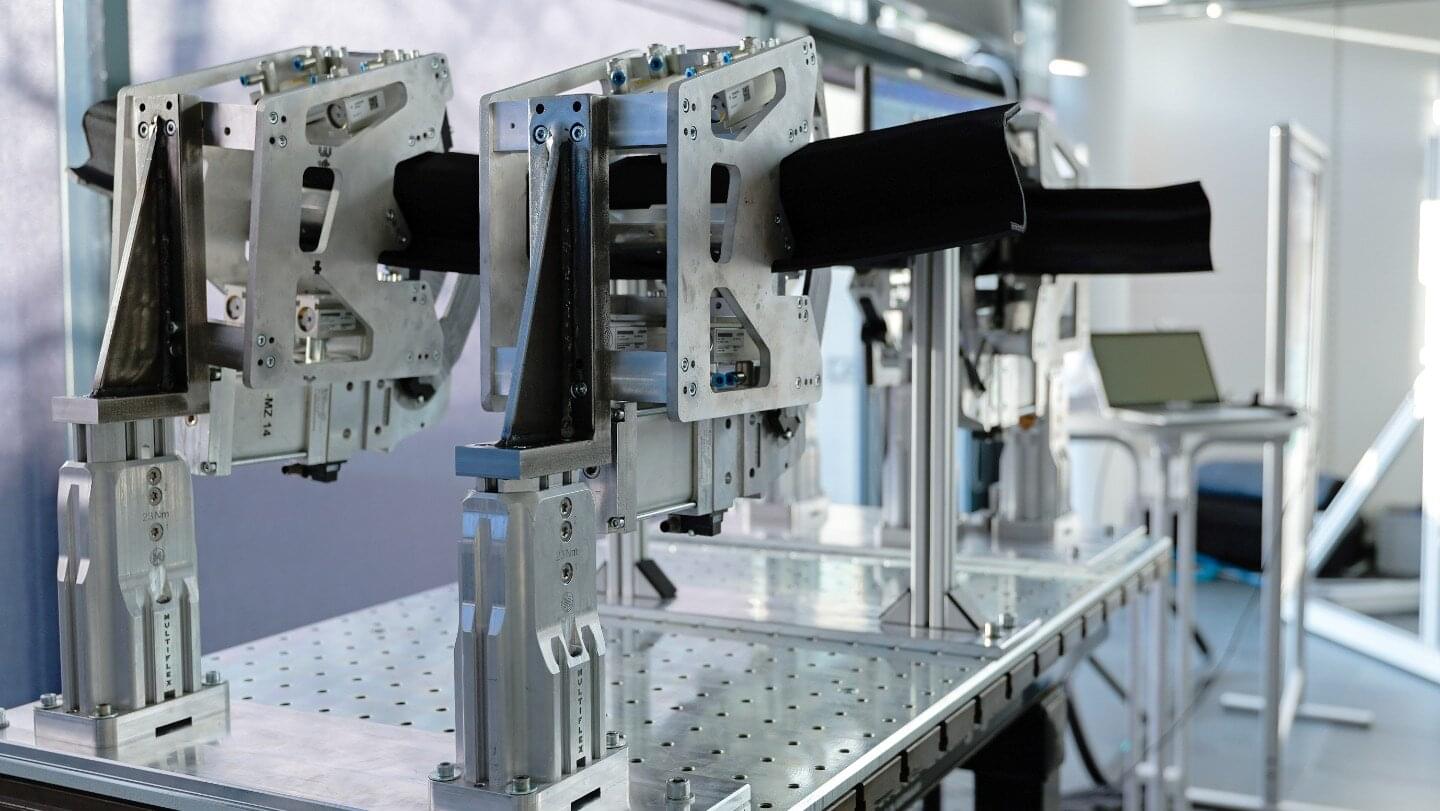
Passenger aircraft doors are still primarily manufactured by hand. A particularly time-consuming aspect is assembling the door structures using screws and rivets. Numerous intermediate steps are required to prevent direct contact between different materials—which would otherwise lead to corrosion.
However, replacing aluminum, titanium, and thermosets with primarily thermoplastic carbon fiber composites (CFRP), which can be welded together automatically without separating layers, makes the process much faster. Manufacturing time for the door structure drops from 110 hours to 4. The TAVieDA project by Fraunhofer IWU, Fraunhofer LBF, Trelleborg, and Airbus Helicopters has shown this clearly.
Another key factor in shortening assembly times is the modular design for different aircraft door variants. The project team specifically looked for components across various door models that could be standardized—and found success, for example, with the crossbeam. The researchers designed a fully automated assembly line for the most common models and developed fixtures and clamping elements suitable for resistance and ultrasonic welding technologies.

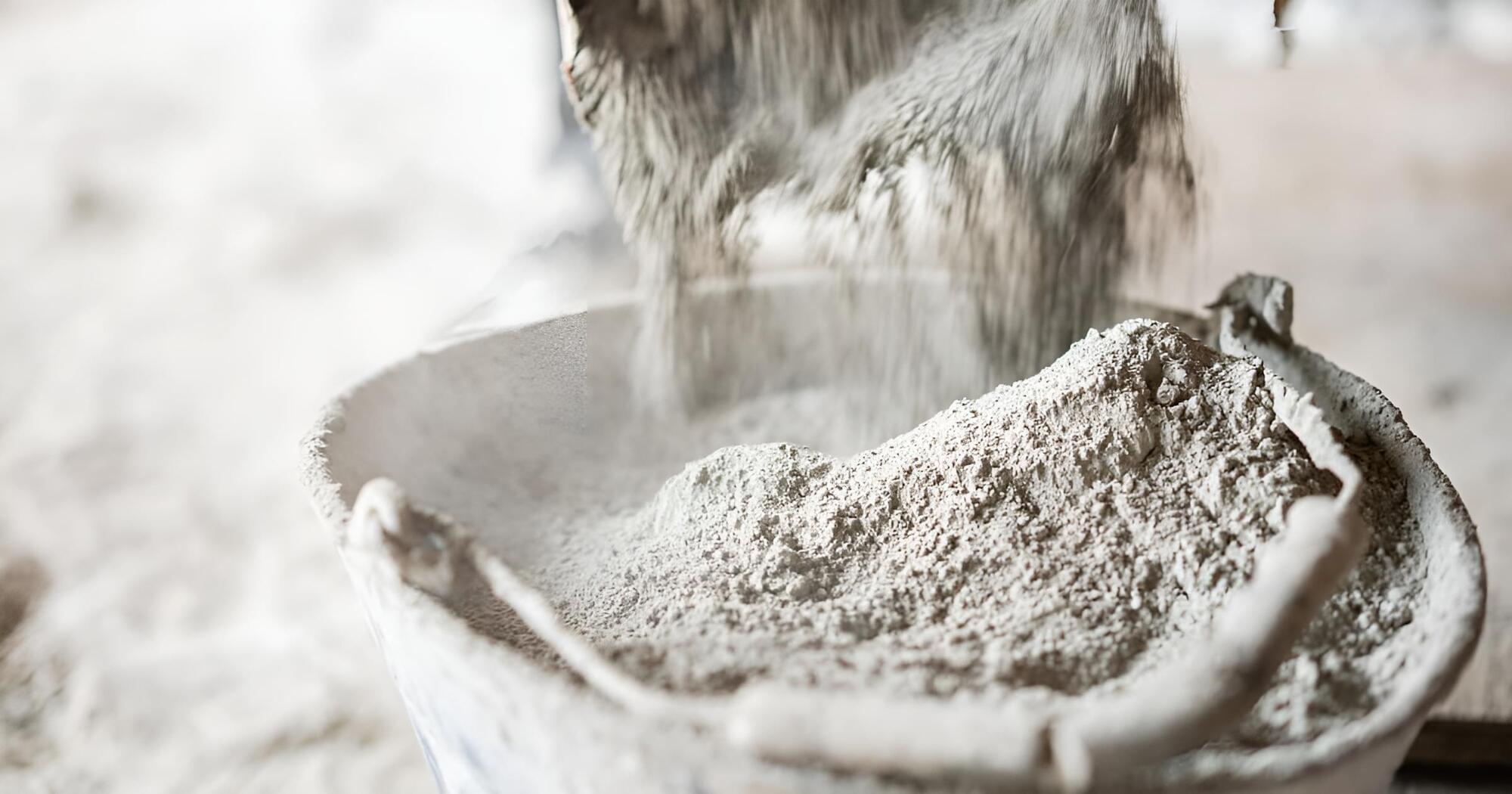
A groundbreaking cement developed by Chinese scientists can now generate electricity from heat—thanks to a bio-inspired design that mimics plant stems. By combining hydrogel layers with traditional cement, this innovation enhances ion flow and delivers record-high thermoelectric efficiency. This breakthrough could power smart infrastructure, allowing buildings, roads, and bridges to self-generate electricity for sensors, lighting, and more—ushering in a new era of energy-smart cities.
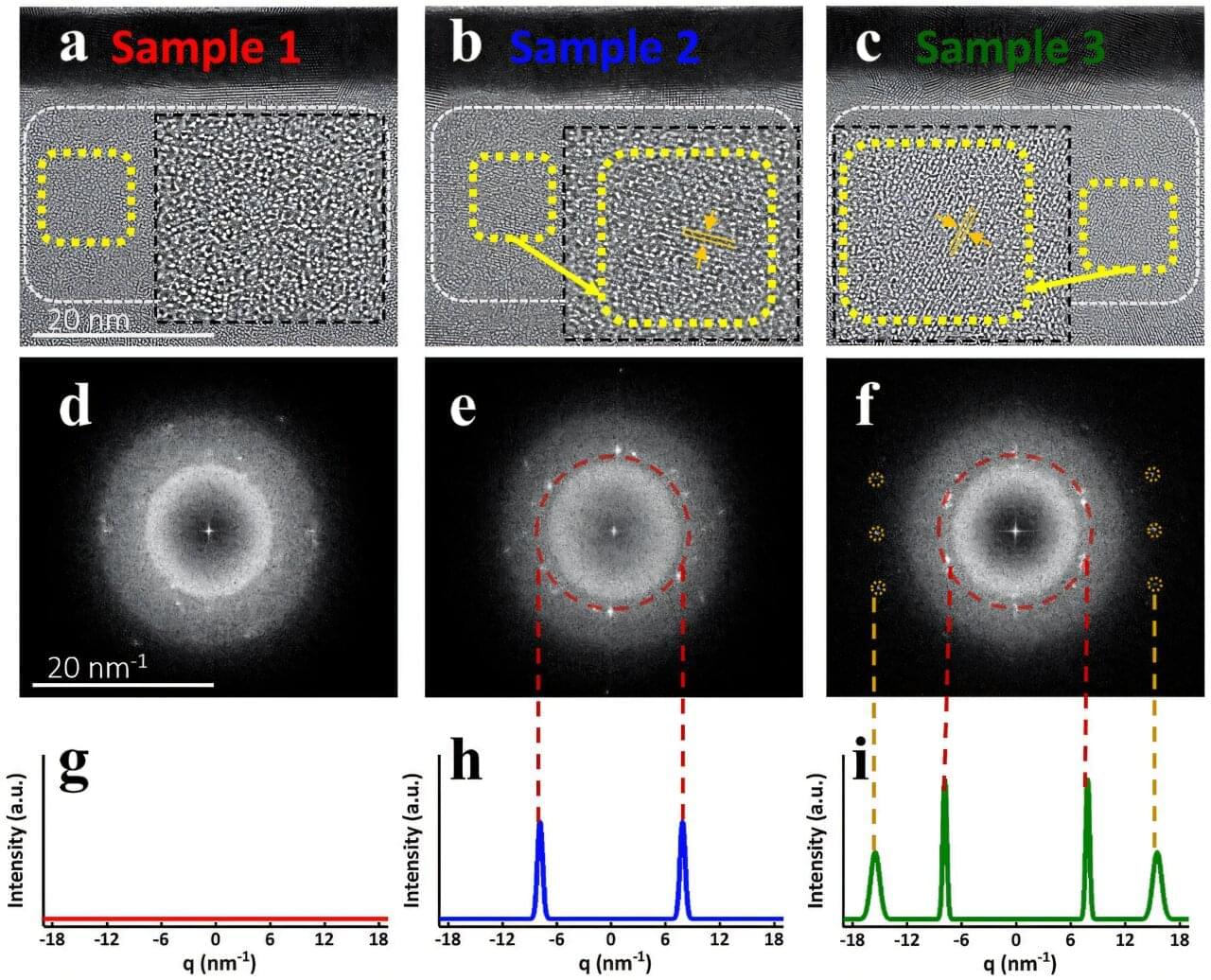
A research team has succeeded in inducing ferromagnetism, a key property of conventional magnets, in pure vanadium oxide, a compound not previously recognized for such magnetic behavior. Through a series of experiments, the team verified that by precisely adjusting the oxidation state of vanadium ions, they could induce the element to behave magnetically.
The research is published in the journal Advanced Functional Materials. The team was led by Professor Chun-Yeol You from the Department of Physics and Chemistry at DGIST.
Vanadium oxide (VO) is widely known for its metal-insulator transition (MIT), a phenomenon in which its electrical conductivity dramatically changes depending on temperature. While its electronic properties have been extensively studied, its magnetic properties —especially the possibility of ferromagnetism—remain largely unexplored. VO typically exhibits antiferromagnetic or paramagnetic behavior, which limits its application as a magnetic material.
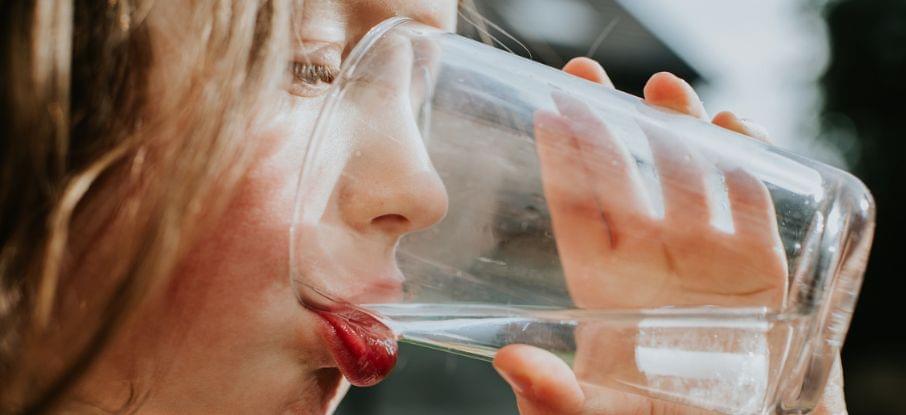
Tiny pieces of plastic are an increasingly big problem. Known as microplastics, they originate from clothing, kitchen utensils, personal care products, and countless other everyday objects. Their durability makes them persistent in the environment – including in human bodies.
Not only are many people on Earth already contaminated by microplastics, but we’re also still being exposed every day, as there is minimal regulation of these insidious specks.
According to a new literature review, a significant portion of our microplastic exposure may come from drinking water, as wastewater treatment plants are still not effectively removing microplastics.
